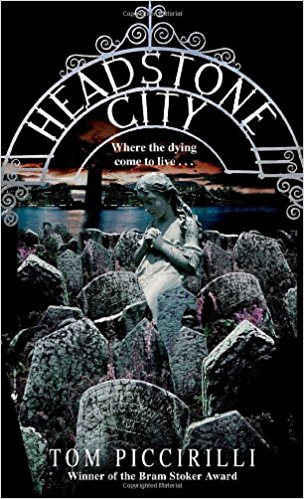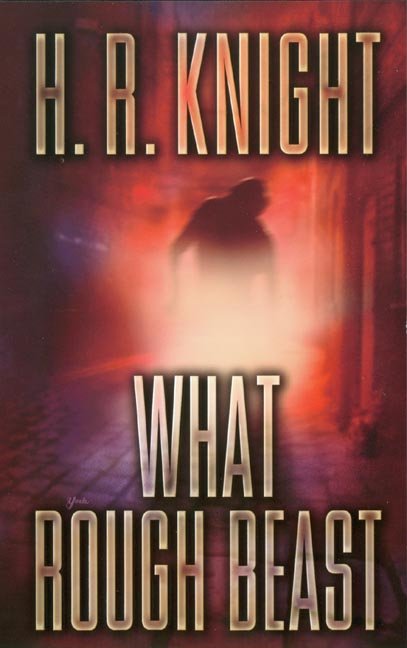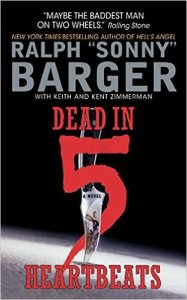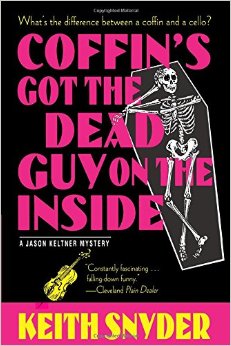Finding the very best in supermarket paperbacks can sometimes be a daunting task. After all, every one of them claims to be a New York Times bestseller.
And not all of the book covers immediately clue you in to the wonders to be found within. Sad as it may seem to supermarket literati, fewer and fewer paperback covers seem to spotlight grinning werewolves or scantily clad vampire girls with glowing red eyes.
Fortunately for all of us, though, there are still a few paperbacks that tell it all right in the title – books like “Carpe Demon: Adventures of a Demon-Hunting Soccer Mom” (2006, Julie Kenner, Berkeley Publishing Group, New York, N.Y., $7.99, 307 pages).

With a title like that, even the most cautious of supermarket paperback purchasers can be reasonably certain of hitting the jackpot.
And “Carpe Demon” pays off big time, amigos.
It’s the story of Kate Connor, a typical suburban housewife with a typically troublesome – but lovable – teenage daughter, a toddler son and a clueless, but politically ambitious, husband who springs surprise dinner parties on her with alarming regularity.
She worries about diapers and car pools and Gymboree play dates.
Although Kate’s life seems exhaustingly commonplace nowadays, she used to be a Level Four Demon Hunter for a secret, Vatican-based organization known as Forza Scura. At one time, Kate could finish off a troublesome demon while armed with nothing more than a plastic swizzle stick from Trader Vic’s.
She’s been retired for more than 14 years, though, and she rather likes her new soccer mom persona. Her past is a secret and she wants to keep it that way.
Unfortunately, the forces of evil see things differently (don’t they always?).
As Kate prepares a last-minute dinner party for her husband and some of his cronies, a bloodthirsty demon in the guise of an elderly Wal-Mart patron unexpectedly crashes through her kitchen window and tries to strangle her.
Kate’s a little out of practice, but she manages to dispatch the demon by shoving a broken wine glass into his eye. One problem solved, but many others loom ominously on the horizon. Now she’s got the body of a recently deceased demon on her kitchen floor, appetizers to be removed from the oven and dinner guests due in less than an hour.
Kate handles the manifold problems in her kitchen, but her orderly suburban world is crashing down around her ears. Suddenly there are murderous demons and slavering devil dogs everywhere in her once-peaceful community of San Diablo, Calif. Worse, she learns, a high-ranking demon named Goramesh has come to town and he’s looking for something.
Kate, of course, has to get to what Goramesh is looking for before he does. Problem is, nobody knows exactly what Goramesh is looking for or why he’s come to San Diablo to find it.
Bit of sticky wicket there…
Will Kate be able to counter Goramesh and still have time to prepare cheese puffs and brie for her husband’s next cocktail party? Get thee to a supermarket and find out.
Originally published December 17, 2006









